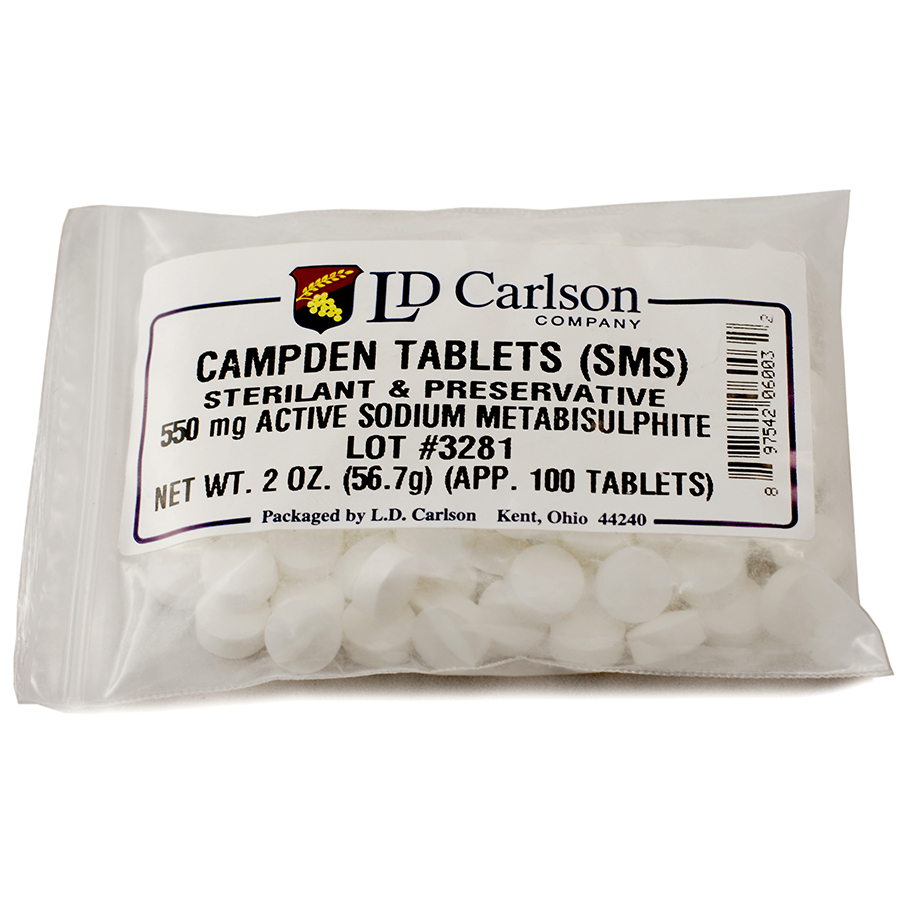muels
Well-Known Member
Not sure what's going on. Here's the story; I've brewed a ton of successful beers. Stouts, porters, pale ales, cream ales, IPAs, blondes. I've had 2 blondes and a wheat that have had a slight bandaid/medicine taste and smell. Recipe and process below.
1st blonde: BMs centennial blonde. 5 gallon, pot and cooler. Grocery store RO water. AG, natch sparge, Immersion chiller. US05. Ferm control (fridge with controller) at 62 ambient for 5 days then up to 69 ambient. Smelled and tasted off flavor at 2 weeks, left 2 more. Still there. Kegged, and hoped for the best..terrible.
2nd blonde: same stats but used the bigger system. 10 gallon with pumps and plate chiller. Same ferm temps and timeline.
Just did an American wheat: 5 gallon system but used the plate chiller. Still grocery store RO water.
5lbs 2 row
4.5lbs white wheat
8 oz Munich 10
Mash at 152
.5 oz NB at 60 min
.25 oz Cent. At 20
.25 oz Cent. At 5 min
1056 slurry from a pale ale. Used a starter.
Same ferm schedule as above.
*edit - weird Krausen on this one, thin small flakes floating. Looked like fish food lol.
Smelled and tasted horrible when I kegged it. Not nearly as bad now. Drinking it but it is still faint.
Thought it may be a lighter beer thing that I was masking in IPAs and darker beers but I've made the above recipes multiple other times with no issues. Also just made the cream of three crops recipe and it's excellent (for what it is). That's the lightest I've ever made.
Any thoughts?
Let me know if I left off any pertinent info.
1st blonde: BMs centennial blonde. 5 gallon, pot and cooler. Grocery store RO water. AG, natch sparge, Immersion chiller. US05. Ferm control (fridge with controller) at 62 ambient for 5 days then up to 69 ambient. Smelled and tasted off flavor at 2 weeks, left 2 more. Still there. Kegged, and hoped for the best..terrible.
2nd blonde: same stats but used the bigger system. 10 gallon with pumps and plate chiller. Same ferm temps and timeline.
Just did an American wheat: 5 gallon system but used the plate chiller. Still grocery store RO water.
5lbs 2 row
4.5lbs white wheat
8 oz Munich 10
Mash at 152
.5 oz NB at 60 min
.25 oz Cent. At 20
.25 oz Cent. At 5 min
1056 slurry from a pale ale. Used a starter.
Same ferm schedule as above.
*edit - weird Krausen on this one, thin small flakes floating. Looked like fish food lol.
Smelled and tasted horrible when I kegged it. Not nearly as bad now. Drinking it but it is still faint.
Thought it may be a lighter beer thing that I was masking in IPAs and darker beers but I've made the above recipes multiple other times with no issues. Also just made the cream of three crops recipe and it's excellent (for what it is). That's the lightest I've ever made.
Any thoughts?
Let me know if I left off any pertinent info.


